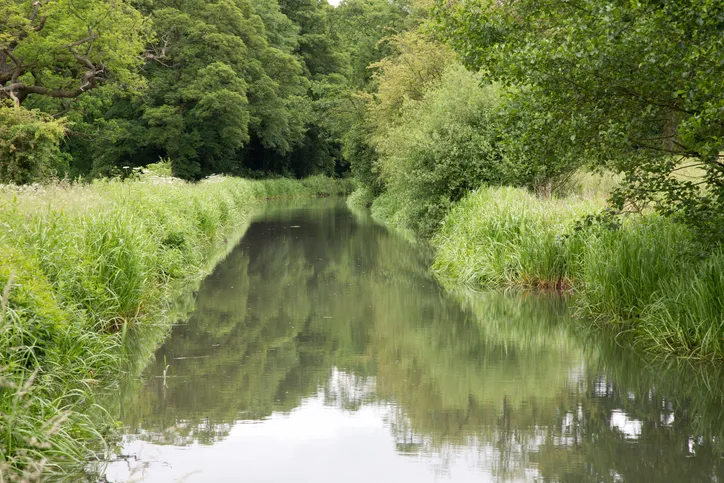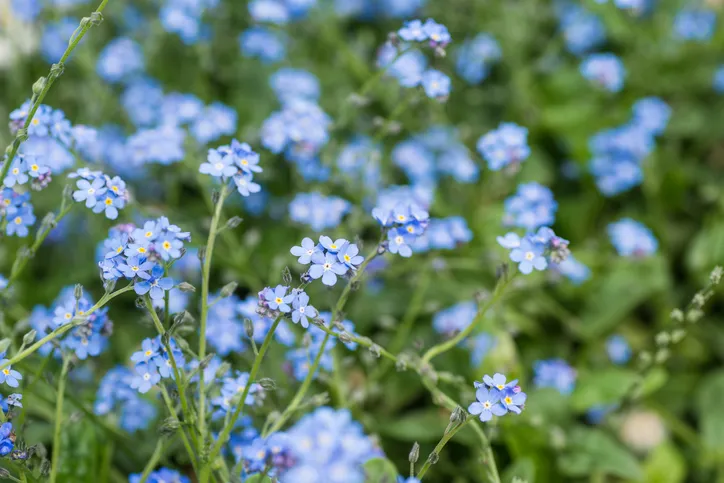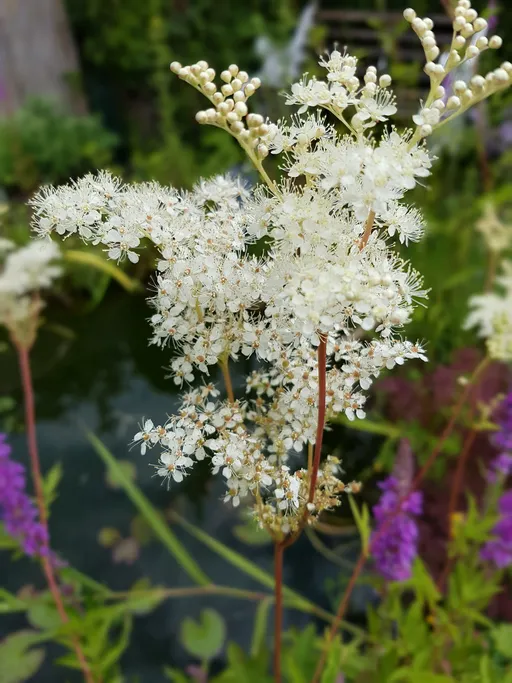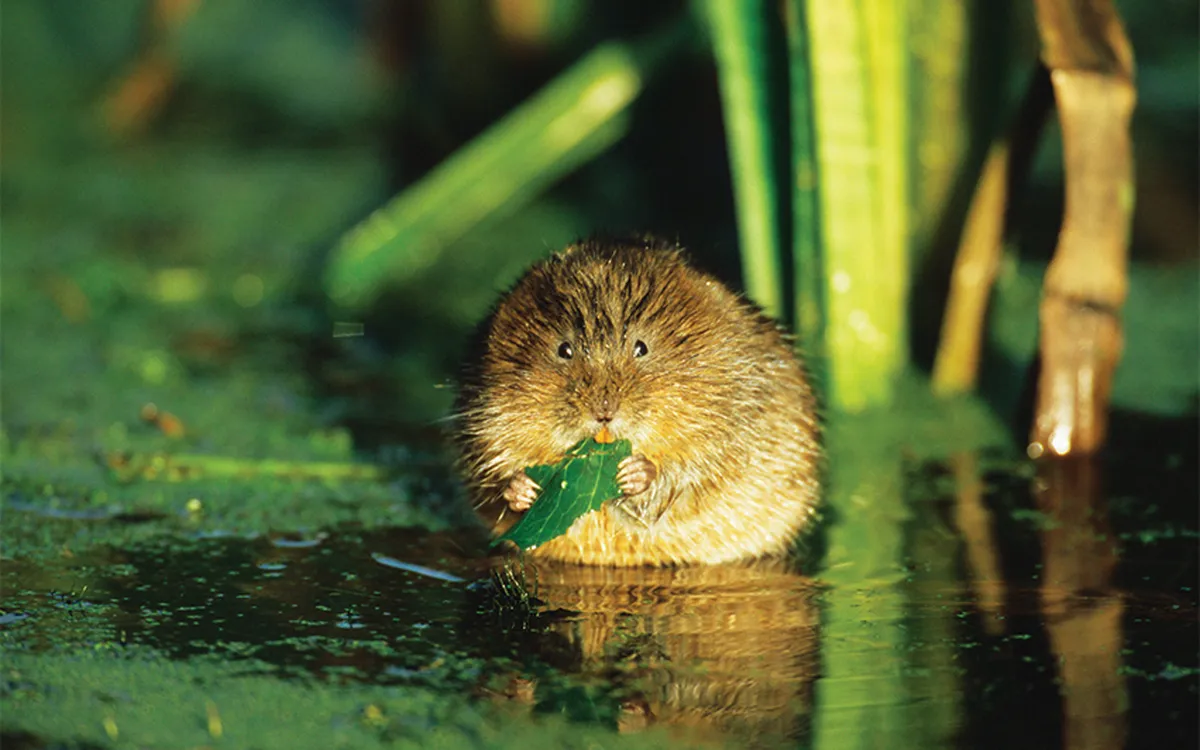For a quiet backwater, Cromford Canal has a lot to shout about – it’s part of the Derwent Valley Mills World Heritage Site, a Site of Special Scientific Interest and a local nature reserve.
Take in the rambling complex of Cromford Mill from the viewing platform overlooking the weir and feel the hand of history: this is the site of the world’s first water-powered cotton-spinning mill and the birthplace of the modern factory system.

Across the road, among the old canal wharfs and warehouses, there’s a pleasant waterside café. From here, boat trips run to High Peak Junction, with Chelsea, a handsome Shire horse, pulling the narrow boat along the towpath on Bank Holidays. Don’t be alarmed on boarding to hear Brian Blessed’s voice booming “Have a wonderful, magical mystery trip.”
Species of the season
Cromford Canal is indeed magical in spring, as its banks fill with the colour of forget-me-nots and pink campion. In May, blossom drifts and settles on the water’s surface where dragonflies hover. Little grebes float by, their chicks sticking close, and coots lord it over the canal from a twiggy island nest.

At High Peak Junction, the small visitor centre sells ice cream and snacks – with plenty of waterside picnic tables. Check out the old carriages and the railway workshop with its antiquated tools, while nearby Leawood Pumphouse demonstrates Victorian engineering at its most inventive.
“ May-tree blossom drifts down and settles on the water’s surface where dragonflies hover”
Tow to train
From here on, the silted-up canal becomes a tranquil waterway of meadowsweet, water mint and the occasional kingfisher. If hunger calls, Oakford Cottage offers cream teas and fine views over the Derwent Valley, or you can grab more substantial pub-grub at the Family Tree in Whatstandwell.

Having walked almost four miles from the junction to the canal’s end at Ambergate, let the train ease you back through sylvan countryside to Cromford.
Water Voles
Threatened by habitat loss, these round-nosed, chestnut-coloured creatures are Britain’s fastest-declining wild mammal. Make your way to the bridge at Whatstandwell for your best chance of seeing one.


